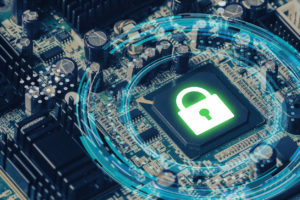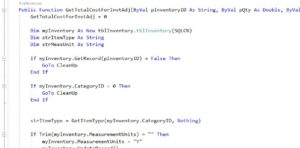SAVEfiles is a recent high-profile web virus making its rounds on the internet. It is attacking Windows based computers, workstations and servers with the goal of locking out the user and encrypting key files through AES and RSA algorithms. The hackers demand a ransom (in the form of Bitcoin) in order to restore full service. Like the WannaCry virus before it, this is a dangerous malware that should be avoided at all costs. In the case that it has infiltrated your system, there are a few things to know.
Response
First and foremost, users should not under any circumstances actually send the funds to the hackers. Most likely the scammers will not send the encryption key and the victim will simply be out his or her money with no result.
Secondly, even if the hackers send the encryption key, it will most likely be located on another malicious server location. Accessing that server may allow your computer to download or access additional malware. That malware could spread to other people in your network or simply lock additional files on your computer. So it is ideal to avoid this result.
Next, use reimage repair to start over from the beginning with your Windows system. That detects the ransomware and helps to restart and avoid the malware. Finally, use a high quality anti virus tool like Webroot to eliminate the malicious software and free yourself of the damage.
Anti-Virus Tools
In order to solve this dilemma, the best thing to do is apply a Webroot Anti-virus tool. It is an evolution of the well-known Spy Sweeper product. It has a handy “fix it now” feature that does not require the user to do anything but click the button to resolve the problem. At that point, the software will search the entire system for foreign, unauthorized files and eliminate them.
Webroot has a vast library of potential viruses that it can knock out with ease. Additionally, it can detect new files that enter the system if they are not authorized. It will then eliminate those after the user authorizes it.
Webroot has one the Virus Bulletin certification for excellence four times. ICSA labs has also certified it as a dependable anti virus solution for computers and servers. For this reason, many people are willing to rely on it to fix their systems.
The Webroot version 7.0 is the most impressive release yet. This version has much better user interface design. It also divides messages into “Green”, “Yellow” and “Red” so that it is very simple to prioritize. Green means that the system is clear, yellow messages are warnings and red messages indicate a virus must be removed. It also offers automatic periodic scans that are either Quick Sweeps or Full Sweeps.
Other Actions
In the future, there several additional security steps you may take. Firstly, you can purchase a USB stick and keep sensitive files in this device offline. Additionally, you may keep redundant files in different locations on the cloud. That way, if your device is compromised you still can access the important files from another device.
Of course, don’t click on suspicious links or download software from unverified sources. These are the most common sources of viruses online.
Make sure to change passwords every so often so that if the device is compromised once, it won’t continue to be compromised. Network admins should make sure to have different passwords and authentications for different levels of the network as well.
Get Started
Webroot Antivirus is a leading provider of antivirus tools. They have helped large and small companies attack malicious software and prevent it from infecting an entire network. For more information, please contact us.



